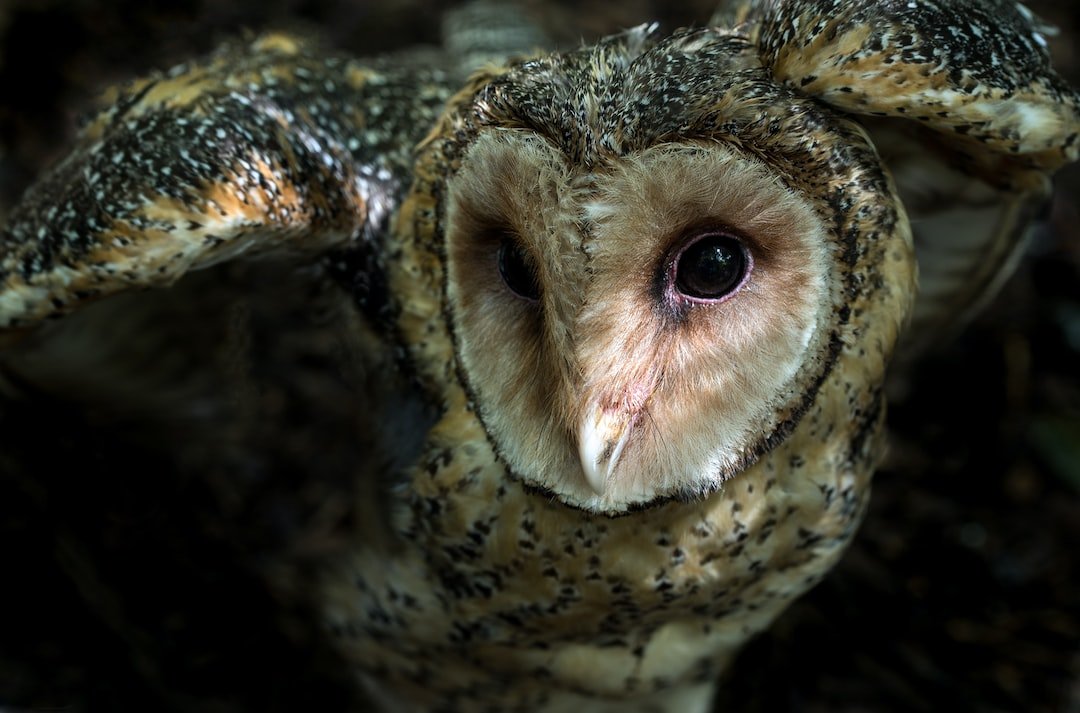Owls in Celtic and Norse Mythology: Mysterious Creatures of Wisdom and Magic
Category : Owl folklore and mythology | Sub Category : Owl in Celtic and Norse mythology Posted on 2023-07-07 21:24:53

Owls in Celtic and Norse Mythology: Mysterious Creatures of Wisdom and Magic
Introduction:
Humans have been fascinated with owls for centuries. It's no surprise that these magnificent creatures have played a role in the mythology of many cultures. In this post, we will explore the significance of owls in both Celtic and Norse mythology, and how they have mystical and wise characteristics.
Owls in Celtic mythology.
In Celtic mythology, owls were revered and associated with wisdom, intelligence and learning. During the winter months, the Celtic goddess Cailleach was said to shape-shift into an owl. She was the epitome of the harsh winter season because she was the wisdom gained from the cycle of life and death. It was believed that the sound of an owl's hoot could be used to warn of imminent death and also to announce the presence of supernatural entities.
The Barn Owl was a special part of Celtic folklore. The Barn Owl was considered a messenger and companion of the goddess. It was thought that a Barn Owl on a house was a sign of good fortune.
Owls in the myths of the world.
owls were a prominent position in the mythology of the Nordic nation. The goddess of love, beauty, and fertility was the primary figure associated with owls. She was accompanied by two owls, known as Huginn and Muninn, which represented thought and memory. These winged creatures traveled the world to bring information and knowledge to Freyja.
The giant eagle is depicted in a figure of an owl. The owl that created ocean winds with the beating of its wings is a bird that is perched at the end of the world. The mysterious and incomprehensible forces of nature are represented by Hrsvelgr.
Interpretations and symbols: Symbolism.
Both Celtic and Norse mythology have significant symbolism to owls. owls were seen as guardian of secret knowledge, guides through the unknown, and a conduit of communication between humans and the divine. They were known as prophetic creatures because of their ability to see through the darkness and see events.
Conclusion
As we explore the rich tapestry of Celtic and Norse mythology, we find owls to be fascinating and mysterious creatures that embody wisdom, magic, and intuition. These birds are revered for their ability to navigate between worlds and play the roles of guides and messengers. Their haunting calls and unblinking eyes continue to inspire us, reminding us of the deep connections between humans and nature in our collective subconscious.
Leave a Comment:
SEARCH
Recent News
- Zurich, Switzerland is not only known for its picturesque landscapes and vibrant culture but also for its diverse wildlife. While the city may be more commonly associated with its financial sector and luxury shopping, there are some rare and fascinating animals that call Zurich home.
- YouTube Content Creation: Showcasing Rare Animals through Translation
- If you are a nature enthusiast and love learning about rare and exotic animals, there are several YouTube channels dedicated to showcasing these fascinating creatures in their natural habitats. These channels provide a unique opportunity to educate yourself about lesser-known species and the importance of conservation efforts.
- The Importance of Developing Rare Skills Like a Rare Animal in the Workplace
- Women in Politics: Breaking Barriers and Making History
- Warsaw, the capital city of Poland, is not only known for its rich history and beautiful architecture but also for its unique and diverse wildlife. Despite being a bustling urban center, Warsaw is home to some rare and fascinating animals that can be found in various parks, forests, and reserves in and around the city.
- Vietnam is a country known for its rich culture, beautiful landscapes, and delicious cuisine. However, it is also home to a variety of rare and endangered animals that are found nowhere else in the world. In recent years, some Vietnamese businesses and companies have taken initiatives to help protect these precious species and their habitats.
- Vienna, the capital city of Austria, is known for its rich history, stunning architecture, and vibrant cultural scene. But did you know that Vienna is also home to a variety of rare and interesting animals? From exotic species at the Vienna Zoo to elusive wildlife in the surrounding countryside, there are plenty of fascinating creatures to discover in and around this beautiful city.
READ MORE
4 months ago Category : owlo

Zurich, Switzerland is not only known for its picturesque landscapes and vibrant culture but also for its diverse wildlife. While the city may be more commonly associated with its financial sector and luxury shopping, there are some rare and fascinating animals that call Zurich home.
Read More →4 months ago Category : owlo

YouTube Content Creation: Showcasing Rare Animals through Translation
Read More →4 months ago Category : owlo

If you are a nature enthusiast and love learning about rare and exotic animals, there are several YouTube channels dedicated to showcasing these fascinating creatures in their natural habitats. These channels provide a unique opportunity to educate yourself about lesser-known species and the importance of conservation efforts.
Read More →4 months ago Category : owlo
